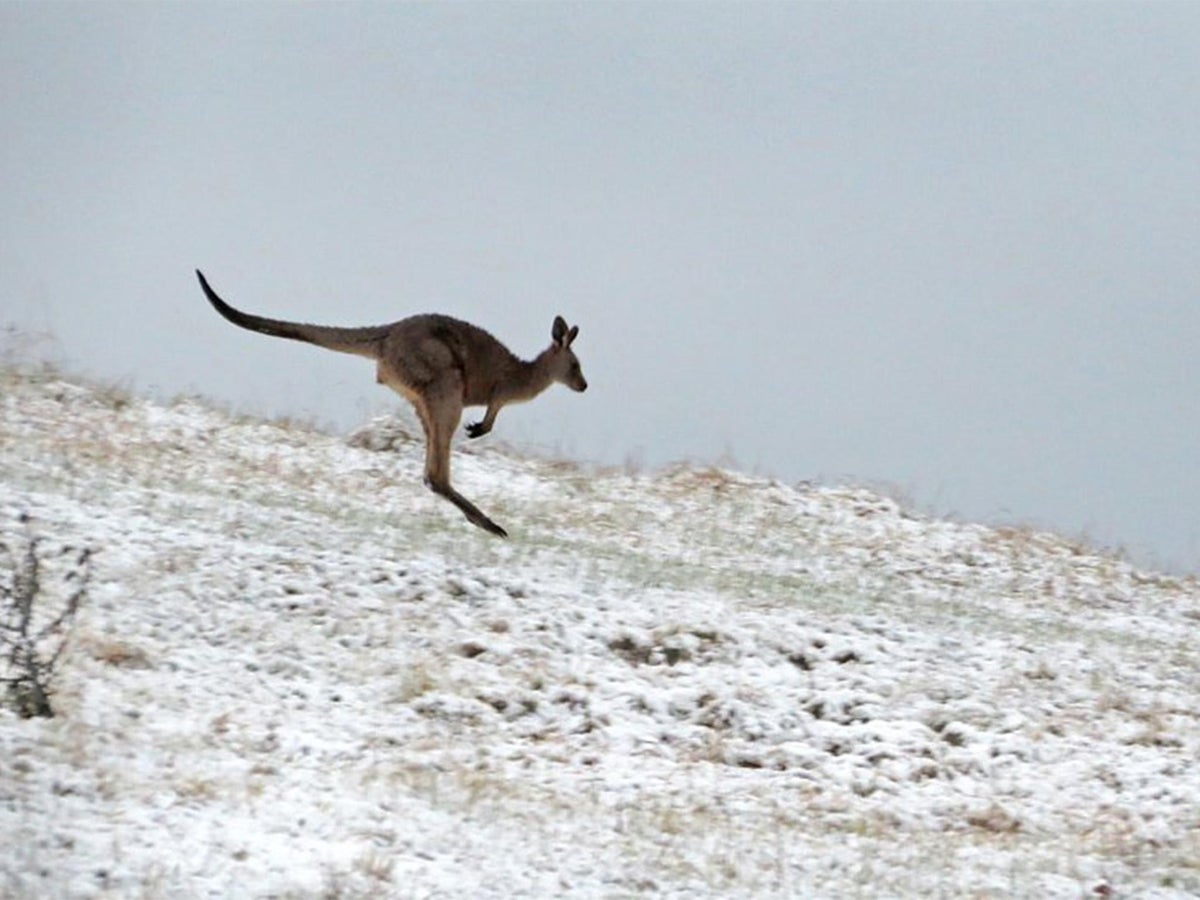Discover the Remarkable Results of Snow in Australia on Local Ecological Communities
In spite of its reputation for sun-soaked landscapes, Australia additionally boasts areas blanketed by snow-- a phenomenon that profoundly influences the nation's distinct ecosystems. The protecting homes of snowflakes safeguard vegetation and animals in the middle of the chilliest winters months, while the melting snow nurtures rivers and marine life.
The Unanticipated Regions of Snowfall in Australia
Although Australia is often connected with sun-scorched landscapes and sandy beaches, particular areas remarkably experience snowfall. The high nation regions of New South Wales, Victoria, and Tasmania are especially understood for their wintertime snow. The Snowy Hills in NSW, for example, receive plentiful seasonal snow, providing a plain contrast to the country's typical hot, arid climate. The Victorian Alps and parts of Tasmania likewise see yearly snowfalls, transforming the landscape right into a winter heaven. These locations are not simply anomalies yet essential parts of Australia's diverse environment system. The existence of snow in these regions considerably influences neighborhood environments, ultimately affecting the country's special biodiversity. The details influence on Australia's distinctive plants will be reviewed in the following section.

How Snow Impacts Australia's Special Vegetation
While it might appear unusual, snowfall in Australia plays a crucial role in shaping the country's unique vegetation. The snow-filled winters months foster durability in Australian plant varieties. This is especially apparent in the towering and sub-alpine regions, where snow periodontals and mountain plum-pines flourish. These plants have actually developed to endure in severe problems, with snow acting as a protective blanket from freezing temperature levels and extreme winds. The snow also adds to the wetness content of the dirt, offering essential hydration for plant during the dry summer months. Essentially, the snow influences the timing of flowering and seed dispersal, the development prices, and the survival of lots of plant species, showcasing the detailed interplay in between environment and vegetation in Australia.

The Adjustments of Australian Animal to Snowfall
Just as Australia's plants has adjusted to the wintery problems, the neighborhood fauna as well, show remarkable adaptations to the snowfall. It uses the snow as insulation, hibernating in rock holes beneath the snow to stay warm. The Snow Skink, a species of reptile, changes its colour to white during wintertime, providing camouflage against killers.
The Role of Snow fit Local Environments
Fit the neighborhood ecosystems, the function of snow in Australia is both multilayered and extensive. It affects the circulation of plants and animals, mostly specifying the biodiversity of sub-alpine and alpine regions. Snow provides a crucial water source, feeding rivers and tanks as it melts, thus supporting a variety of water life kinds. In addition, snow works as an insulator, safeguarding ground-dwelling microorganisms from severe cold. In a similar way, it plays a significant function in soil development and nutrient biking. The periodic freezing and thawing of dirt induced by snowfall fosters the breakdown of rocks, boosting dirt fertility. Consequently, the existence of snow shapes the greenery patterns, pet actions, and total sustainability of Australia's distinct environments. Does It Snow In Australia.

The Future of Snowfall in Australia: Predictions and Implications

Provided the essential function snow plays in forming local communities, the future of snowfall in Australia is attracting raising attention from researchers and environmentalists. Less snow might result in minimized water schedule in towering regions, detrimentally affecting wild animals habitats and plant life. The tourist industry, heavily reliant on the winter snow period, may also encounter substantial obstacles.
Final Thought
The duty of snow in Australia's ecological communities is crucial yet commonly neglected. It acts as a protector, a nurturer, and a shaper of varied towering species, adding to the richness of Australia's high nation. As climatic patterns remain to change, comprehending the implications and potential transformations of these snow-influenced environments is critical. Thus, the snow in Australia is extra than a natural spectacle; it's a crucial gamer in the nation's this content ecological narrative.
Regardless of its track record for sun-soaked landscapes, Australia likewise boasts areas blanketed by snow-- a sensation that exceptionally influences the country's special ecological communities. It uses the snow as insulation, hibernating in rock gaps underneath the snow to stay warm - Does It Snow In Australia.In shaping the local ecological communities, the duty of snow in Australia is both profound and multilayered. The existence of snow shapes the plant life patterns, animal behavior, and total sustainability of check it out Australia's distinct environments
Offered the critical role snow plays in forming regional read the full info here environments, the future of snowfall in Australia is drawing raising attention from researchers and environmentalists.